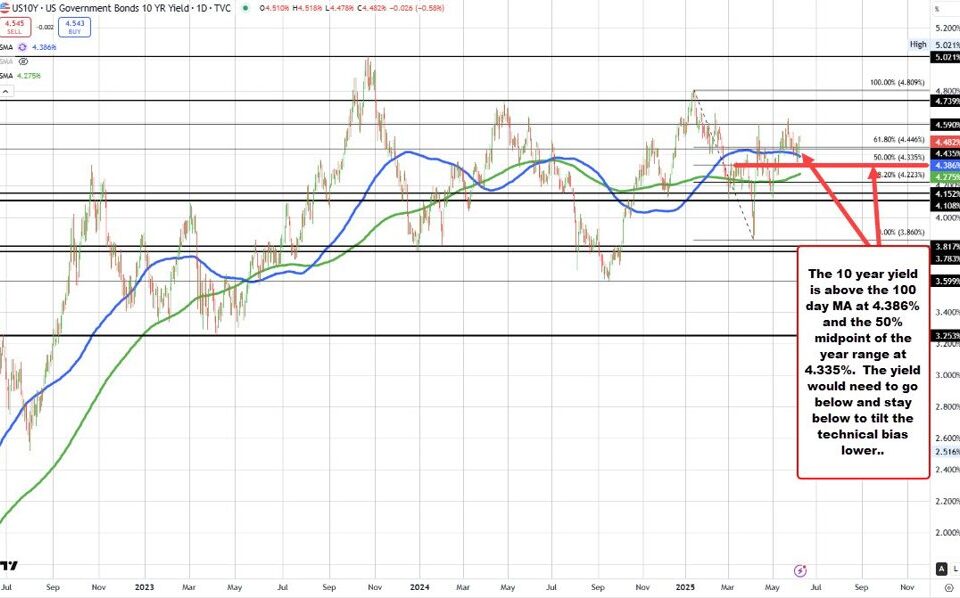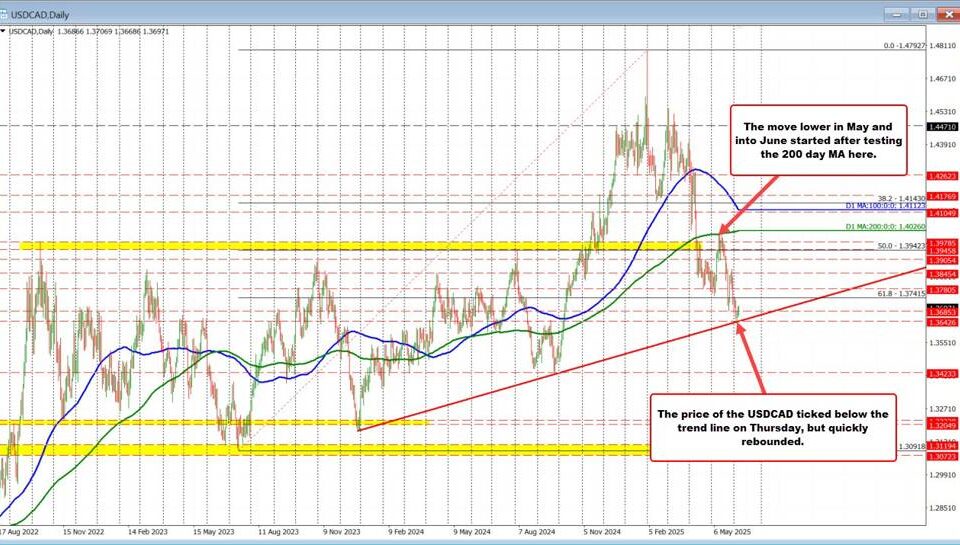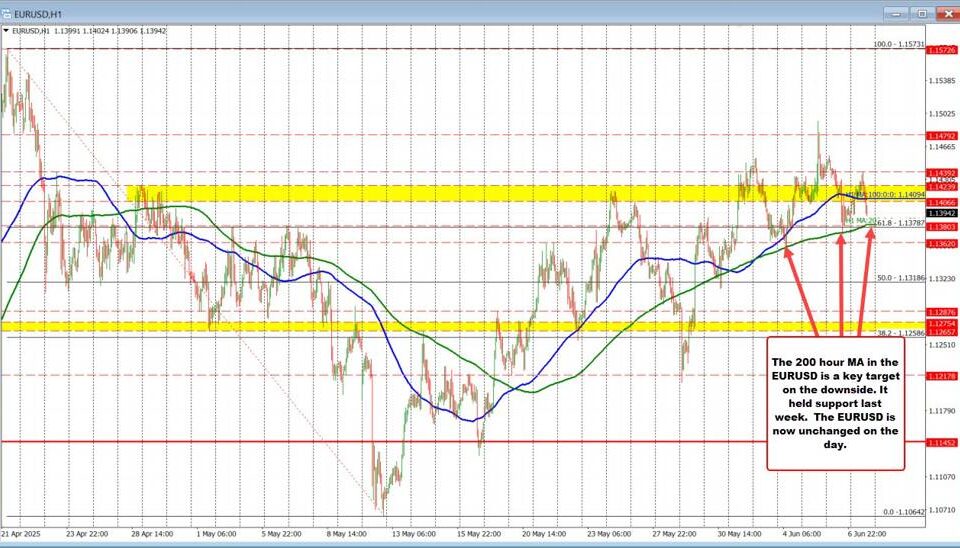The Impact of Rising Tariffs: US Port Import Volumes Set for a Major Decline
Tháng 4 14, 2025Navigating the USD/JPY Rollercoaster: April 2025 Exchange Rate Insights
Tháng 4 14, 2025Recent Developments in USDCHF: Navigating Historical Lows and Market Dynamics
The USDCHF currency pair has recently experienced significant movements, capturing attention among traders and economists alike. In April 2023, the pair reached new historical lows not witnessed since 2011, settling above a low of 0.8098 as of April 12. This marked a profound decline that many are analyzing closely, especially considering the broader economic implications tied to this shift.
Historical Lows: A Deep Dive into USDCHF’s Performance
The USDCHF currency pair has embarked on a downward trajectory, pushing the value to levels reminiscent of early December 2023 and beyond. The current figures illustrate a notable vulnerability of the US Dollar against the Swiss Franc, a currency often regarded as a safe haven in times of market turbulence. The significance of this decline cannot be overstated; it reflects a substantial shift in market dynamics that traders need to navigate carefully.
As the USDCHF reaches its weakest level since September 2011, the implications for traders and investors are critical. Currency values typically fluctuate in response to various financial factors, and the recent drop indicates a bearish sentiment within market interactions. For more insights into how these trends impact stock movements, see the analysis in Top 4 Stocks: Major Midday Moves including Rocket Lab and More.
Market Influences: Trade Tensions and Economic Stability
Central to the recent decline of USDCHF are escalating trade tensions, particularly those between the United States and China. As tariffs increase, the concerns surrounding economic stability have heightened, driving investors toward the Swiss Franc. The safety that comes with holding Swiss Francs during uncertain times has thus led to an upswing in its value while reinforcing the bearish trend for the USDCHF pair.
This shift underscores the sensitivity of the currency markets to geopolitical and economic events. As detailed in the blog on Three Strategic Moves by China Xi, the implications of trade tensions on international stability and collaboration are significant. As the pair navigates these turbulent waters, the potential for further declines in the USDCHF remains a pressing concern, suggesting that traders should remain vigilant in their analyses.
Technical Analysis and Future Outlook
From a technical perspective, the recent movements of the USDCHF have resulted in the transformation of former support levels into hard resistance zones. This transition is indicative of the dominant bearish trend in the market. For the currency pair to initiate a meaningful recovery, it would need to break above these resistance levels, a task that appears formidable given the prevailing market sentiment.
Current forecasts lean toward a continuation of this bearish trend, with possibilities for further declines depending on the external economic landscape. As traders assess their positions, the historical context and current market dynamics are paramount for informed decision-making.
Trade and Economic Implications: A Broader Perspective
The ongoing dynamics between USDCHF and the macroeconomic environment reflect broader concerns about global trade. With high tariffs potentially stunting non-essential trade between the U.S. and China, questions about the dollar’s role as a reliable store of value are increasingly prominent. The implications of these trends resonate not just in currency valuations but also in the overall landscape of international trade, making it crucial for stakeholders in the market to remain proactive and ready to adapt.
In conclusion, the USDCHF currency pair is navigating a complex tapestry of historical lows, market influences, and technical analysis, as it grapples with the broader implications of rising trade tensions and the evolving economic landscape. With eyes keenly focused on the pair, traders and investors must remain agile to respond to these unfolding developments.




